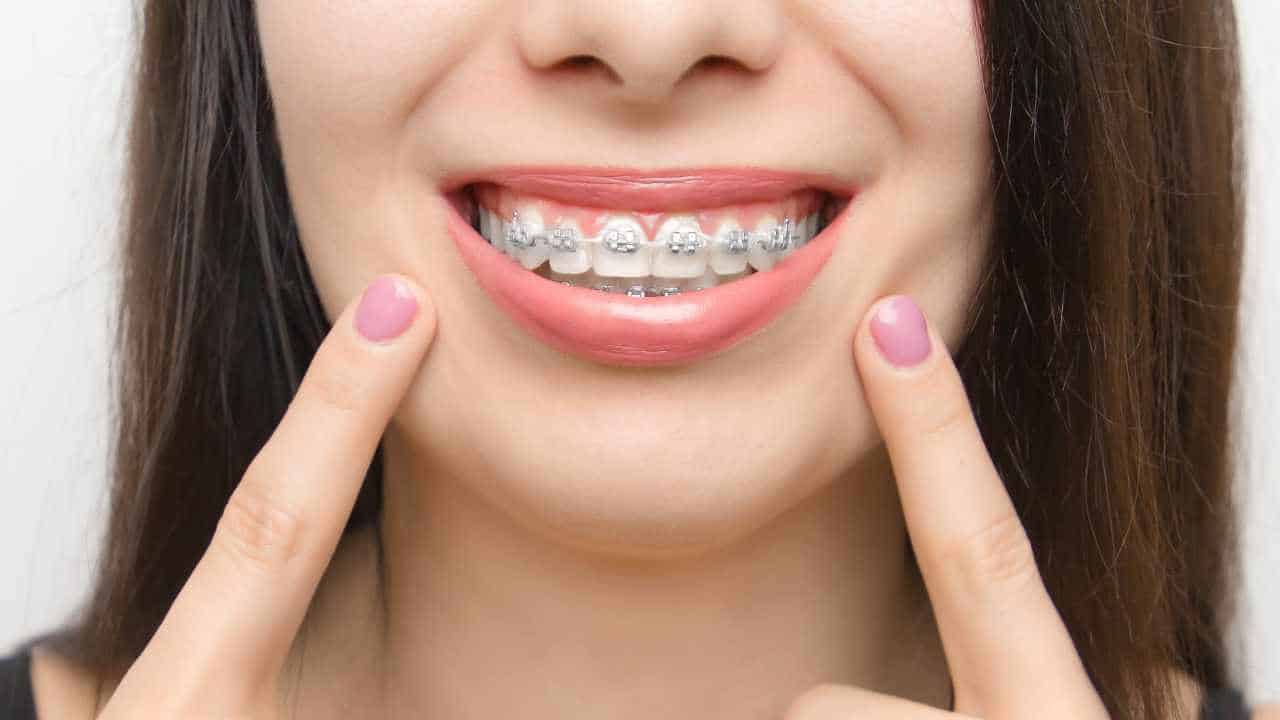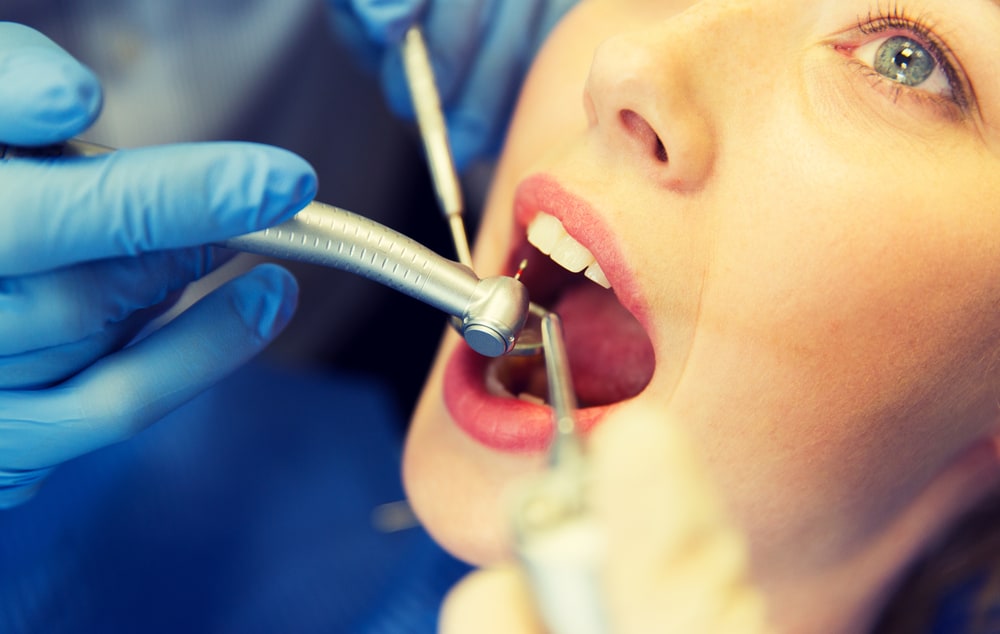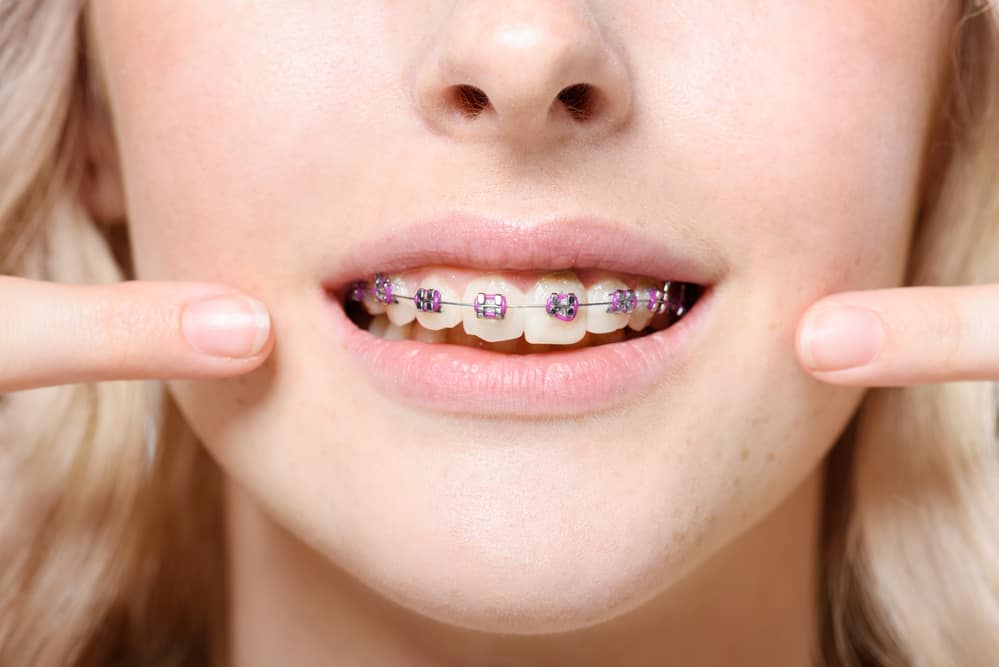Those with crooked and misaligned teeth are always seeking the right solution to straighten their smile. With dentistry being more modernised than ever, there are multiple choices to choose from to meet your dental health needs. Two that are in focus today are ceramic vs metal braces.
So, what are ceramic braces and what is the difference between the two?
Let’s read on through the guide to give you everything you need to know.
What Are Metal Braces?
Metal braces are also known as traditional braces and are one of the more popular choices of orthodontic treatment that’s been around for many years. Metal braces contain brackets and wires connected through brightly coloured brands. The appliance applies constant pressure on every tooth, moving them back into their desired position throughout the treatment time.
Metal braces also help to align malocclusion, and overcrowded or crooked teeth, three key areas that cause problems with your bite, jaw and overall mouth functioning.
What Are Ceramic Braces?
Ceramic braces are identical to metal braces, except that the material they’re made from is porcelain and not stainless steel. Ceramic braces are paired together with archwires and clear brackets, and they’re virtually invisible to the human eye. Many people are conscious about showing off braces when they smile, and ceramic braces present an alternative as they’re not as clearly seen compared to metal braces.
Ceramic braces are designed to function identically, meaning resolving issues with overcrowding, crooked teeth and malocclusion.
Those who are self-conscious about how their smile looks to the public are more likely to get ceramic braces.
What Is The Cost Between Metal vs Ceramic Braces?
Ceramic material is more delicate than metal, and hence, extra care would be needed care for it. Therefore, ceramic braces are considered more expensive compared to metal braces. Typically in Australia, ceramic braces costs start from $3000, and metal brackets costs start from $1700.
Although, these aren’t fixed costs. There are several factors to be aware of that may hike the cost of both metal and ceramic braces.
- Treatment Time And Length – How long treatment is required to play a part in determining how long it takes for teeth to fall straight completely.
- Type of Braces – Of course, depending on whether you choose metal or ceramic braces, this will be significant in terms of cost.
- Additional Appliances – You may require additional appliances such as retainers or spacers post-treatment, which can cost more.
- Aftercare and Maintenance – Maintenance practices for your braces will be important to ensure of best results. For example, what this includes is for the brackets to be readjusted and realigned accordingly throughout the treatment plan. Therefore, this will require visits to the dentist frequently because as your teeth shift into position, the brackets and wires will become loose.
A Summary Of The Pros and Cons
To help you make the right decision for your smile, check out the pros and cons of both metal braces and ceramic braces.
- Ceramic Braces Are Aesthetically Pleasing – The ‘invisible’ nature of ceramic braces makes this a better option for those people who want their braces to be less noticeable.
- Ceramic Braces Hurt Less – Porcelain material is more delicate compared to metal braces, and hence, patients find ceramic more comfortable for the ear. Whilst there may be some sensitivity with ceramic braces, patients shouldn’t be in a lot of pain.
- Metal Braces Are Cheaper – There is no hiding away the fact that ceramic braces are more expensive due to their delicate nature and the quality of the material. Whilst metal braces can deliver results. There are no aesthetic benefits and hence is a cheaper alternative.
- Metal Braces Can Hide Discolouration Better – With ‘invisible-like’ ceramic braces, there is a greater chance of any stains showing on your teeth, even though this can be overcome by brushing your teeth.
- Ceramic Braces Are Easier To Clean – Metal braces are chunky, and hence it’s difficult for your toothbrush to reach certain areas of your teeth. The softer nature of porcelain material means it’s easier to clean around ceramic braces.
When it comes to choosing metal or ceramic braces, it depends on your dental needs and overall circumstances. Cost and treatment type plays an important part in your decision. You’ll find it easier to decide once you’ve spoken to your dentist about both options.







